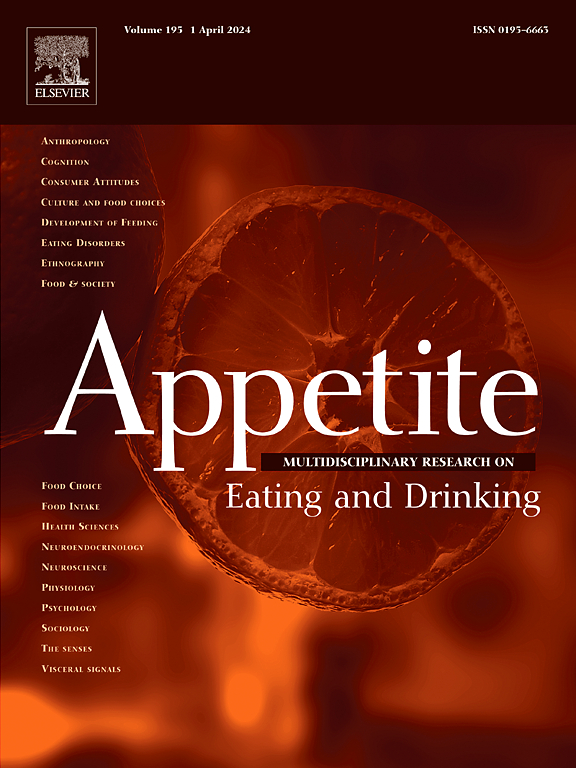名字里有什么?研究仿植物性肉类产品的类肉术语的混淆。
IF 4.6
2区 医学
Q1 BEHAVIORAL SCIENCES
引用次数: 0
摘要
肉类替代品在消费者中越来越受欢迎。这些产品的名称,特别是在非动物产品上使用类似肉类的名称,仍然是一个主要的争论点。这项研究的目的是调查类肉和非类肉的名字是否有潜在的混淆甚至误导。在这项研究中,使用了分类任务,参与者将产品分类为动物性或植物性。我们的研究结果表明,在肉类替代品标签上出现类似肉类的名称会导致在将产品分类为植物性产品与动物性产品时出现更多的错误。与其他类别相比,对这些产品进行分类时的响应延迟平均要长116毫秒。这表明消费者怀疑产品应该被归类为植物性还是动物性,这可能是由于刺激-反应兼容性导致的无意识认知加工和干扰的激活。当参与者被问及他们对肉类替代标签的看法时,观点分为两大阵营:一些人强烈认为使用类似肉类的名称是误导,而另一些人则认为这完全可以接受,不会以任何方式误导。评估一个类似肉的名字是否具有误导性,涉及的不仅仅是名字本身;它需要考虑标签细节、零售位置和广告。确保准确和透明的肉类替代标签始于明确的法律依据和基于科学研究的政策指导。本文章由计算机程序翻译,如有差异,请以英文原文为准。
What's in a name? Examining the confusion of meat-like terminology on meat imitating plant-based products
Meat alternatives are becoming increasingly popular amongst consumers. The names on these products, specifically the use of meat-like designations on non-animal products, remains a major point of contention. The aim of this study was to investigate whether meat-like vs. non-meat-like names are potentially confusing or even misleading. In this study, a categorisation task was used where participants classified products as animal-based or plant-based. Our results show that the presence of a meat-like name on a meat alternative label leads to significantly more mistakes when classifying a product as plant-vs. animal-based. The response latency was on average 116ms longer when classifying these products compared with the other categories. This indicates that a consumer is in doubt whether the product should be classified as plant- or animal-based, possibly explained by the activation of unconscious cognitive processing and interference due to stimulus-response compatibility. When participants were asked to give their opinion about meat alternative labelling, views divided into two camps: some strongly believe that using meat-like names is misleading, while others consider it fully acceptable and not misleading in any way. Assessing whether a meat-like name is misleading involves more than the name itself; it requires considering label details, retail placement, and advertising. Ensuring accurate and transparent meat alternative labels begins with a clear legal basis and policy guidelines based on scientific research.
求助全文
通过发布文献求助,成功后即可免费获取论文全文。
去求助
来源期刊

Appetite
医学-行为科学
CiteScore
9.10
自引率
11.10%
发文量
566
审稿时长
13.4 weeks
期刊介绍:
Appetite is an international research journal specializing in cultural, social, psychological, sensory and physiological influences on the selection and intake of foods and drinks. It covers normal and disordered eating and drinking and welcomes studies of both human and non-human animal behaviour toward food. Appetite publishes research reports, reviews and commentaries. Thematic special issues appear regularly. From time to time the journal carries abstracts from professional meetings. Submissions to Appetite are expected to be based primarily on observations directly related to the selection and intake of foods and drinks; papers that are primarily focused on topics such as nutrition or obesity will not be considered unless they specifically make a novel scientific contribution to the understanding of appetite in line with the journal's aims and scope.
 求助内容:
求助内容: 应助结果提醒方式:
应助结果提醒方式:


